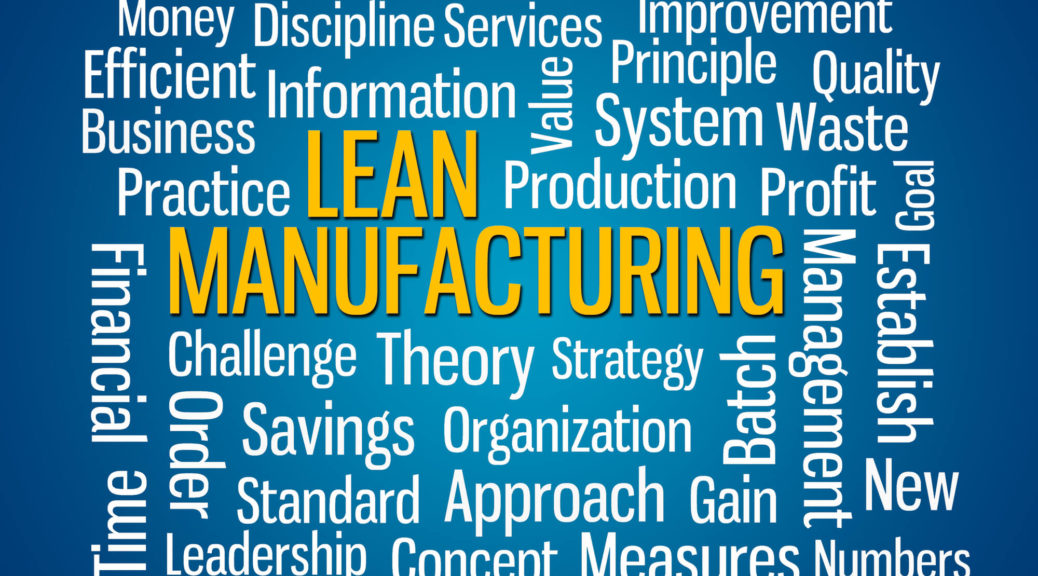In our last blog, we discussed three critical indicators of opportunities to improve EBITDA within a company. Our goal was to highlight how seemingly innocuous issues can become major resource drains for your portfolio companies. We have identified the key indicators for each of the various functions of a company – all told there are over a hundred. Using them as a lens, we can examine every aspect of operations and illuminate issues that might have been previously obscured by inefficient processes and management tools. If our top three got you thinking, this chart of additional common pain points may also resonate with you.
| Indicator | What it can mean |
|---|---|
| Sourced materials have not been competitively bid in the last three to five years | Perhaps counter intuitively, we have found evergreen (ongoing) contracts to indicate that the company does not test the market and leverage their volume and position to their full advantage. Some companies do put specific and narrow needs out to bid. Either of these signals that there is potential to lower the total cost of goods purchased. |
| Inbound freight costs are buried in product costs | A common answer to “Who pays freight on incoming shipments” is, “Oh, well, freight is free.” We often find that suppliers build profit into freight charges. Unbundling freight costs can lead to significant improvements. |
| Schedule attainment is not measured | One of the first questions we ask a plant manager during a tour is, “How are things going?” If they respond, “Great, all the machines are running” or “Our efficiencies are well over 100 percent”, then we know they are likely scheduling the plant based on a “push” methodology. There is a good likelihood that they are building schedules to minimize changeovers and downtime. Measuring schedule attainment is most common among higher-performing companies that run the plant to fill customer orders or on some type of pull system. |
| Forecast is not measured or is low quality | Often, companies that do not have the discipline to forecast well put unnecessary burdens on operations. These burdens lead to E&O inventory, overtime, downtime, expediting costs, and chaos. If forecast accuracy is low or not measured, the company is likely not managing this area effectively. |
| Service levels are low | There are rare instances that require a company to provide poor service and quality levels to their customers. If a company does not have an industry-leading perfect order level, has longer lead times than competitors, or has high scrap/warranty costs, then there is likely a significant opportunity to improve operations and EBITDA. |
| Service levels are buoyed by high inventory levels | One easy method to lift service levels is to increase inventory. This approach, however, leads to many costs and problems. If a company has competitive service levels, but holds more inventory than others in their industry, there is opportunity. |
| Significant work in process (WIP) and overproduction | Work in process may not be evil, but it is close. When we tour any factory or office, we look for WIP in front of machines, in warehouses, or in inboxes in the office. Any of these can indicate unbalanced lines and processes. Putting lines and processes into balance leads to cost, service level, inventory, and lead-time improvements. |
| The company has not conducted a value engineering exercise | We know that lean manufacturing and process re-engineering can work to dramatically improve cycle times and lead times, and lower the costs to process paperwork, products, and services. The same mindset can be applied to the product design itself. Design for manufacturing, value engineering, or similar methodologies can dramatically improve the landed cost for an item. |
| Variation | If anything is worse than WIP, variation might be the thing. If a company does not measure variation in scrap, quality, cycle times, warranty costs, or key specification measures, the opportunity could be significant. When variation is reduced, costs go down. |
| Plant observations of the “7 Wastes”: Defects, Overproduction, Inventory, Transportation, Waiting, Motion, Extra Processing | These items represent the most fundamental items to observe during the plant tour and to have management communicate their views on the measurement and management of these wastes. Individually, these items can be identified and quantified for focused improvement efforts. Collectively, they represent the cornerstone of any operational excellence initiative to enhance profits, service, and morale. |
| Late deliveries / past due back orders | At times, poor customer service can be attributed to a real lack of capacity. We simply cannot produce what our customers demand when the want it. At other times, however, it is more accurate to say that we do not produce at the rate our customers require. |
| Scrap, field failures, warranty costs | Scrap is a double whammy. Not only do we have to dispose of purchased materials and write off the efforts we invested to complete our finished good, but we also have to re-do the item to fulfill an order. As a result, any reduction in scrap not only avoids the related expense, but it also creates capacity. If we stop making items we have to throw away, we can use the time to make saleable items! |
| The company does not utilize make vs. buy decisions | Often, there is a substantial benefit to make something you buy, or to buy something you make. In some cases, you have the scale to justify expanding your fixed cost base, and at other times your suppliers offer a cost structure that beats your own. If the company does document make vs. buy decisions, there may very well be an opportunity. |
| The company has more locations than strictly needed to serve current customers | Companies often have more facilities, or space, than they need to serve their customers. Warehouses can come with an acquisition. Customers can require a facility be maintained to support their operations. A company manager might be comfortable operating on a large investment in inventory (you can’t sell from an empty cart!!). But with multiple such scenarios happening over time, you will have a foot print no one would design from scratch. A quick review of the current distribution network can highlight duplicate locations and might provide the impetus for additional investigation. |
| Does the company have a designed approach to determining which customers and SKUs are stocked (make to stock) and which are only made to order? | If a company turns their inventory six times per year, then they are paying for raw materials and are paying for the labor 60 days before they ship to a customer, on average. If we extend payment terms with suppliers, that will exacerbate the situation. If the company does not develop stocking plans and set inventory levels based on segmented data, then the return on investment and the delay in recouping the investment may be unbalanced and inconsistent. |
These are just the tip of the iceberg when it comes to the many indicators we investigate during our initial due diligence site visits. The good news? They’re all evidence that opportunities exist to make meaningful improvements in market position, EBITDA and inventory management. Think of this stage as taking a sick patient’s vitals, like temperature and blood pressure. It provides us with symptoms to investigate. After all, we need to understand before we can diagnose. A partnership with us provides the most thorough physical your company has ever experienced, and the results will do more than simply remedy an illness– they’ll open up new possibilities for growth.
Reach out to Tim Van Mieghem to explore how an operational diligence can turn your underperforming company into a thriving asset.
Timothy Van Mieghem
tvm@proactiongroup.com
The ProAction Group, LLC
445 North Wells Street, Suite 404
Chicago, IL 60654
Tel: (312) 371-8323
www.proactiongroup.com
The Competition is Fierce. Change the Rules. ™





 The ProAction Group is pleased to announce the continued growth of its team with the promotion of
The ProAction Group is pleased to announce the continued growth of its team with the promotion of 


